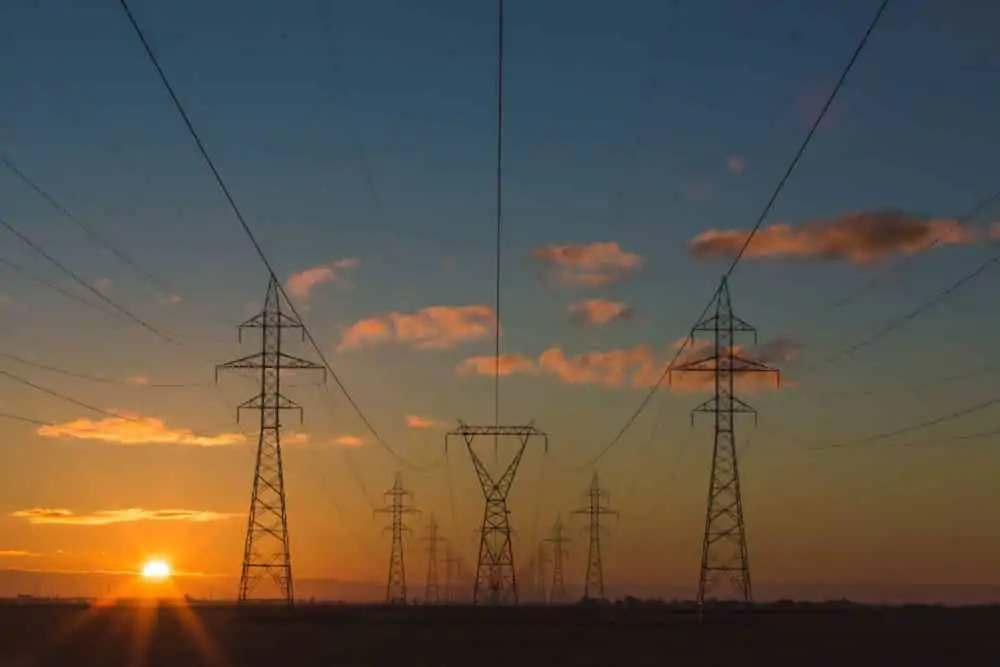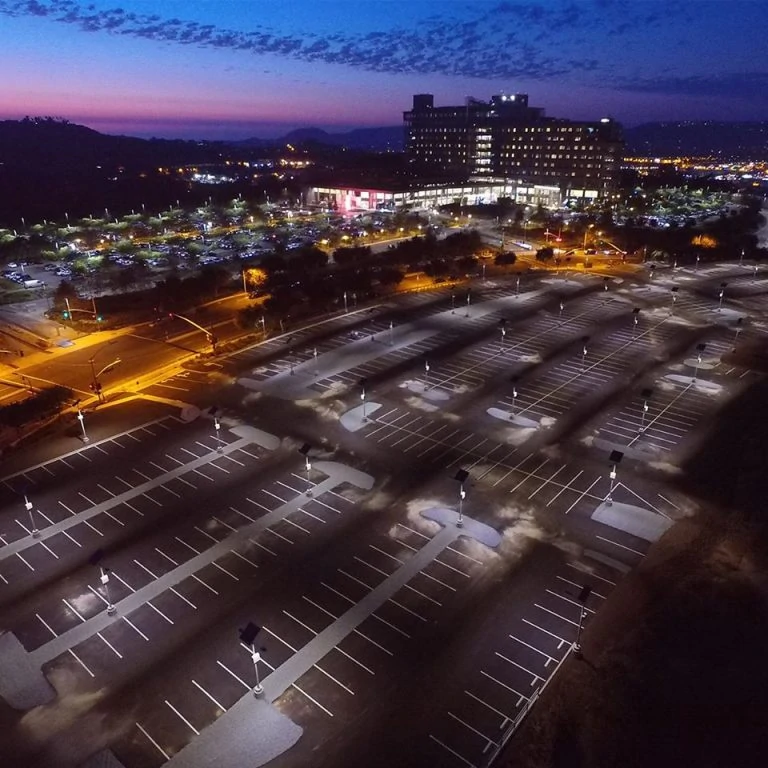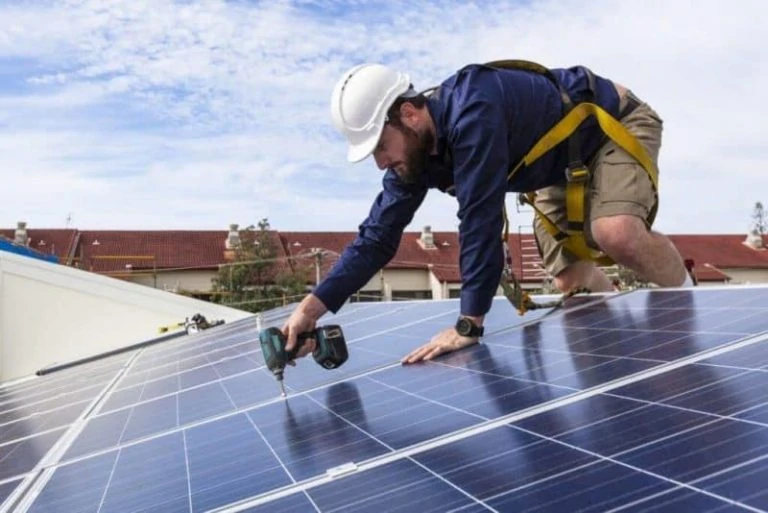A solar generator can be a practical solution to off-grid living and survival in case of an emergency. Our DIY solar generator guide will show you exactly how to build one on your own.
DIY Solar Generator Guide: Step-by-Step Instructions to Off-Grid Living
So you are thinking about investing in solar energy. You have already learned about the financial benefits. The utility savings and independence from the grid all look good. But have you considered how you will store your solar energy?
The best way to store the photovoltaic energy from the sun is with a solar generator that you can build yourself. These generators can power any number of appliances. And you don’t have to rely on the corporate power grid for this power. Solar generators, in fact, are lifesavers if you live someplace with frequent brownouts.
You can buy a solar generator from any number of companies. But they are pricey. Alternatively, you can simply build your own DIY solar generator. This limits your upfront costs for solar energy and improves your immediate return on investment.
A DIY solar generator may deliver more power. That’s because you can customize the battery size, number of panels, and panel strength when building your own generator.
How solar energy works

We get solar energy from the sun which is technically a star. Our planet’s star casts off photovoltaic energy which is absorbed into silicon solar cells. These are the cells that make solar panels effective.
From there, the energy can shoot straight into your electrical system. Or it can go to a generator for later use.
Why would you need a generator if you can use the sun’s power directly? Well, some days are sunnier than others.
If you store the sun’s power, then you can use it on rainy days. A DIY solar generator allows you to harness the summer sun for use in the winter.
Why is solar power so great? Well, unlike fossil fuels, we won’t run out of sunlight for a few million years. Solar power generates almost no carbon dioxide.
That means it does not contribute to climate change. With solar energy, you can keep your carbon footprint close to the zero mark. That’s not all. There are plenty of other health and environmental benefits of solar worth considering.
Who should build their own solar generator?
Do you come up with ingenious fixes for problems that would stump others? Do you love, love, love to solve technical problems? Are you really handy? When a buddy calls you about a dead car, can you get it running? If you answered yes, you are a likely candidate for building a DIY solar power generator.
Likewise, if you are retired and looking for a project that will totally absorb you, do it yourself solar generation may be just the thing. Warning: some people who have a DIY solar generator had to make more than one attempt. Then they got it right on the second or final try.
See Related: Best Solar Power Banks to Buy
Good uses for a solar generator
Be aware that DIY solar generators cannot power an entire average house. (Though they have excellent applications for tiny houses as you will learn if you keep reading)
But they make good backup energy for those with frequent outages. If you live in a region with frequent brownouts or snowfall knockouts, a DIY solar generator may be the ticket to keep the lights on.
DIY solar generators are also useful for camping or for running a single appliance that burns a lot of energy, like a CPAP or electric grill. People who live in recreational vehicles can power their mobile homes with a combination of wind and sun. You can pair a generator with more commercial versions of solar panels for camping.
Some people even use DIY solar generators to power-play stations and phones while on long bike trips.
DIY solar generators for tiny houses
Solar generators have been known to power entire tiny houses. If your house has fewer than two hundred feet on the ground and is well insulated, a solar generator might meet your needs.
This is particularly true for people who keep their tiny houses in the southern parts of the United States. Moving a tiny house south in winter and north in summer also saves on utilities. If you can chase an eternal spring in your home, then a DIY solar generator is the way to go.
In the northeastern United States, the cost of heat in winter is the biggest utility cost. But if you don’t need heat to stay alive, solar-powered tiny home is more viable.

If you plan to downsize to a tiny house in order to go zero-emissions, you will want to carefully plan your electricity needs. Consider what your current utility costs are.
Then, pick what appliances you can live without and which are essential.
- Do you need a computer, or could you get by with a smartphone or tablet?
- Do you need a refrigerator, or will you grow your own food?
- How many lightbulbs will you need for a one-room house?
Once you have determined how few luxuries you can live with, you might well find that you can get by with one or two strong solar panels. Here is a guide to how to choose the right size of solar panels.
A word caution when building a solar generator
Building your own DIY solar generator requires knowledge of applied electricity. If your experience of working with electrical appliances is limited to plugging them in and changing light bulbs, this is not an appropriate project for you.
Even if you do understand how positive and negative charges work, you may want to hire a certified and well-reviewed electrician to work with you on your DIY solar generator.
See Related: Interesting Solar-Powered Inventions
How to build a solar generator
You will need a few tools and a few gizmos to craft your own DIY solar generator. If you don’t already have a power drill, you will need to buy or borrow one. Also, assemble some wire cutters and velcro.
First, you will need one or more solar panels. Be aware that solar panels come in different wattages. The higher the wattage, the faster you can store energy. Be sure to obtain a long power cord if one does not automatically come with the panels.
You will want a long enough cord so that you can move the battery array out of the rain or sun while you are charging the system.
See Related: Solar Panel Angle by Zip Code
Choose a long-life battery
Next, you will need a high-voltage, deep cycle battery. This battery will hold the sun’s rays until you need them to run, say, your refrigerator. A battery designed to absorb solar power while backing up a wind-powered recreational vehicle is best. Check out the Univeral Power Group 12V battery.
Choose your solar battery with care. It must be able to sustain the cycle of absorbing energy and then releasing it on a daily basis. Many batteries are only good for a few power dumps.
You will want a solar battery with a good depth of discharge. For the layperson, this means the battery can withstand dumping ninety percent of its energy without pooping out.
Check the battery’s warranty. It should be guaranteed for at least ten years. It’s a good idea if the warranty also says how many cycles the battery is good for.
Obtain a power inverter
The sun provides what we know of as “direct current” energy. So you will need an inverter to convert that energy to an alternating current. Alternating currents are safer than direct currents. That’s why electrical systems are set up to run on alternating currents.
The power inverter you choose will need multiple outlet ports. A pure sine wave inverter works best for this purpose. These are some of the best inverters for solar to consider.
Charge Controller
Another safety item on your DIY solar generator is the charge controller. This device standardizes the degree of charge that goes into your battery and goes out of it. The charge controller works together with the power inverter to keep your system from blowing up.
You will also need a collection of positive and negative wires and connectors. The wires will connect the solar panels to your battery and the battery to the inverter and to the charge controller.
A few companies make charge controllers for specific use with DIY solar generators. A PowMr 10A Solar Panel Charge Controller 12V/24V PWM is recommended.
Obtain a container
You will want a container in which you can put the battery, inverter, wires, and controller. This case will need to be big enough to accommodate all the parts, but not so big that the device rolls around.
Be sure that your container has a fully detachable top because you will need to run wires through the top in order to connect the battery to the inverter.
It’s best to obtain a container that affords some protection from moisture. This way, your DIY solar generator will last longer. A large styrofoam cooler may work.
Depending on the size of your yard, you might be able to use a small cargo container. The virtue of doing this is that you can suspend the panels from the walls of the container.
Some enterprising eco-business people have even designed solar-powered mini-offices from cargo containers.
You can also custom build a container out of wood. That way, you have exactly the right size. Many people with DIY solar generators recommend that your container has wheels, for easy mobility.
Solar Generator Step by Step Guide
Now that you have assembled all the parts and tools you need, dig into the building that DIY solar generator.
Here are your instructions.
First step
You will need to drill a hole at the top of your container. This is where the inverter will lie. Run a wire into the container and then lay down a piece of velcro above the hole. This will secure the inverter so that it doesn’t wobble around.
Working outside the container, hook the battery up to the power inverter. Use a wire to connect the negative post of the battery to the inverter. Then connect the positive post.
On the bottom of the container, put a piece of velcro in one corner to cushion the battery, then put the battery on top of it in that same corner.
Second step
Drill another hole on the top of the container at least two inches from the hole for the inverter. Thread wires out of the hole from the battery and connect them to the inverter.
On the side of the container, drill a hole where you will run the solar panel cord into the generator.
Third step
Find a sunny spot on your property to set up the solar panels and make sure they face the sun If you live in North America, the ideal direction in which to point your panels is west. The second best is the south.
If your array is mobile, you may be able to experiment with facing the panels in different directions during different times of the day to maximize your electricity savings.
Once you have positioned your panels, connect your solar power cord from your panels to your charge controller.
Good job! You now have a good emergency energy supply or good energy for an auxiliary device or tiny home.
Related Resources
- Best Batteries for Solar
- Solar ROI Calculator
- Potential Energy Calculator
- Are Solar Panels a Fire Risk?
- Can Solar Panels Cause Cancer?
Green Coast is a renewable energy and green living community focused on helping others live a better, more sustainable life.
We believe that energy and green living has become far too complex, so we created a number of different guides to build a sustainable foundation for our future.
















